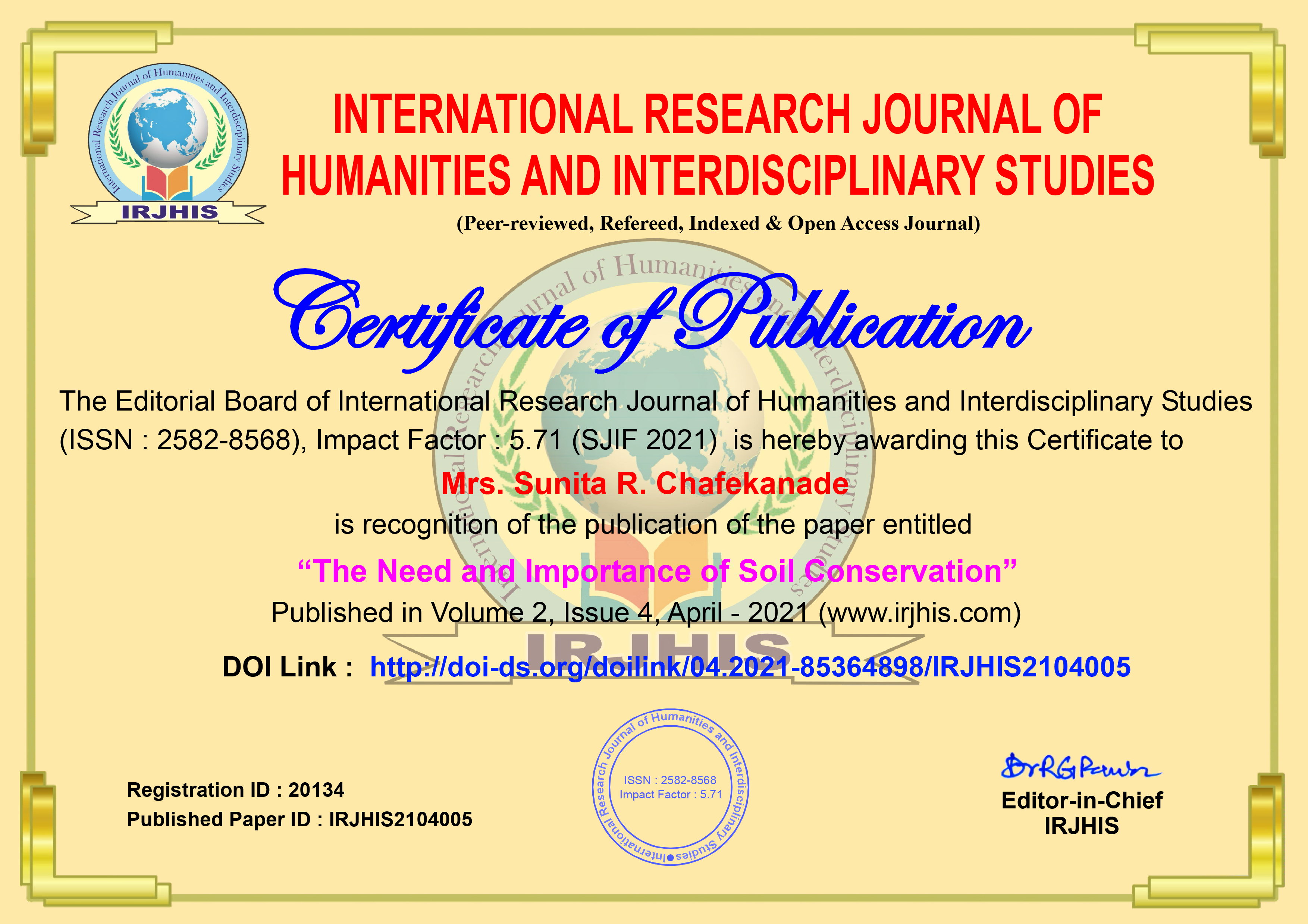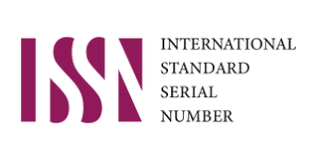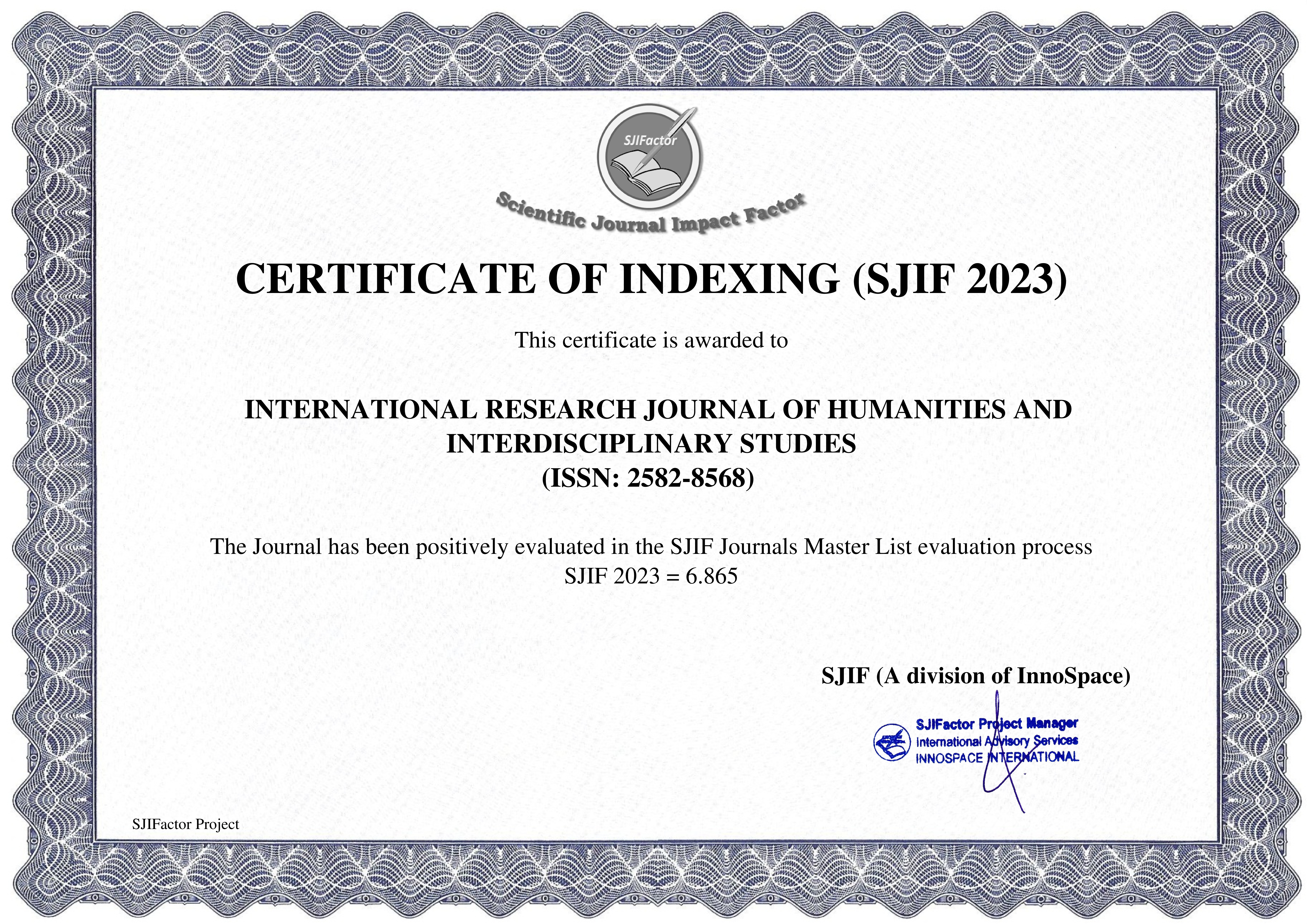Paper Details


Call For Papers
Volume 06, Issue 11
Frequency: 12 Issue per year
Paper Submission: Throughout the Month
Acceptance Notification: Within 2 days
Areas Covered: Multidisciplinary
Accepted Language: Multiple Languages
Journal Type: Online (e-Journal)
Announcement

Publish books with ISBN Number
- Edited Book
- Text Book
- Ph.D Thesis
- Conference Proceedings
ISSN Number:
2582-8568
Journal DOI No:
03.2021-11278686
Title:
The Future of 6G Wireless Communication: Challenges and Opportunities
Authors:
Cite this Article:
,
The Future of 6G Wireless Communication: Challenges and Opportunities, International Research Journal of Humanities and Interdisciplinary Studies (www.irjhis.com), ISSN : 2582-8568, Volume: 6, Issue: 5, Year: May 2025, Page No : 440-446,
Available at : http://irjhis.com/paper/IRJHIS2505041.pdf
Abstract:
The field of wireless communication sees rapid advance, leading to the growth of sixth-generation (6G) networks. These networks are expected for provision of faster data transmission. They also can have lower latency, along with much broader global accessibility than with prior generations. Key technical innovations within 6G include using several terahertz (THz) frequency bands with an increase in bandwidth and incorporating artificial intelligence (AI) and machine learning (ML) for management of highly efficient networks. Additionally, 6G aims for unification 'tween terrestrial, aerial, as well as maritime communication networks, so as to enable connectivity that is completely smooth. The scope of use certainly goes from deep holographic interactions up to better Internet of Things (IoT) networks. The scope extends to precise real-time tactile communication. However, the fairly common deployment of 6G encounters difficulties of various importance, along with management of spectrum, consumption of energy, and investment of infrastructure.
Keywords:
6G, Terahertz Communication, AI-driven Networking, Holographic Communications, Wireless Networks
Publication Details:
Published Paper ID: IRJHIS2505041
Registration ID: 21913
Published In: Volume: 6, Issue: 5, Year: May 2025
Page No: 440-446
ISSN Number: 2582-8568
Download Full Paper: Click Here
Article Preview:





